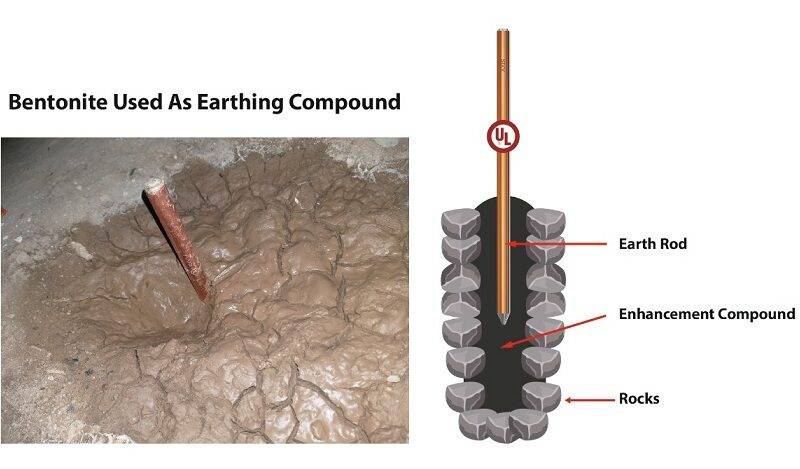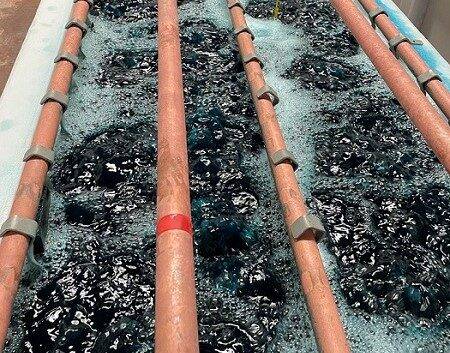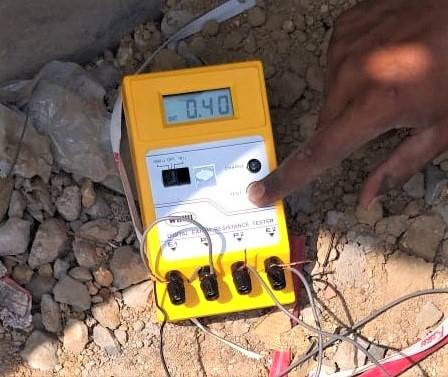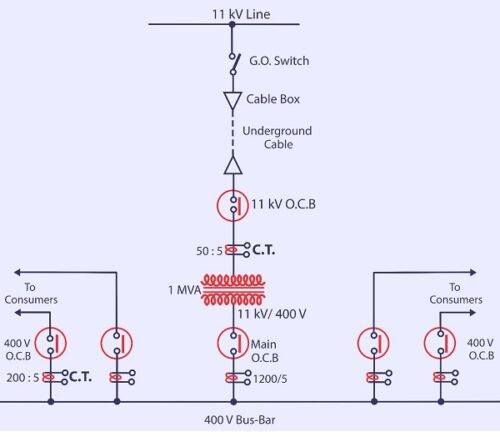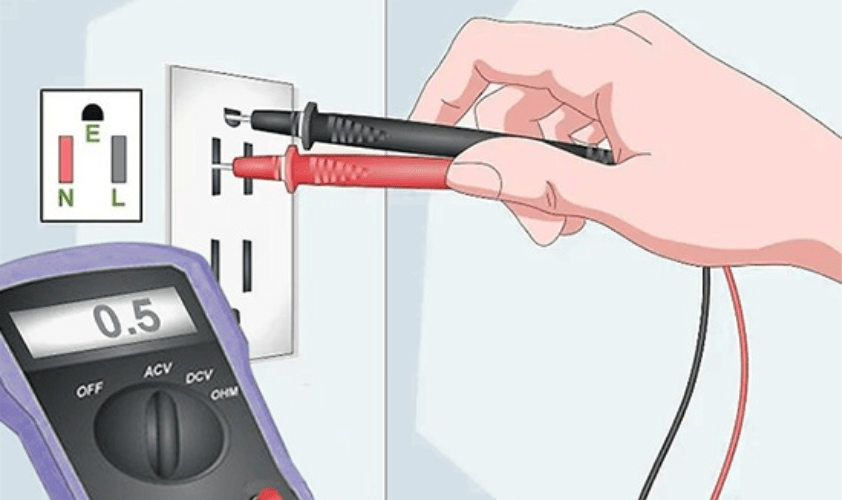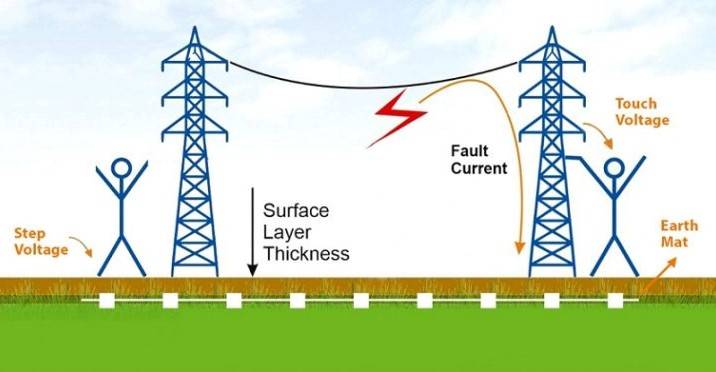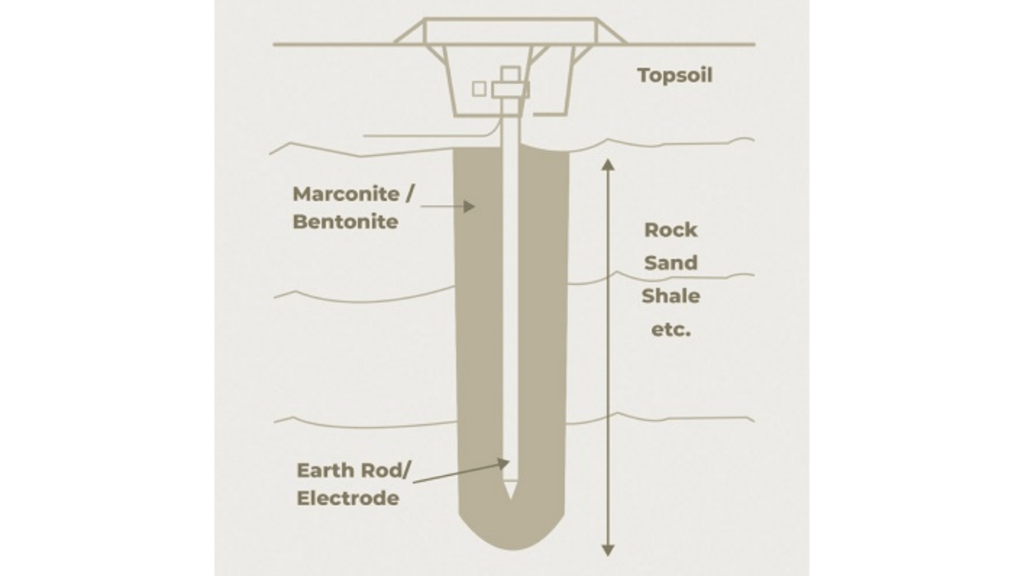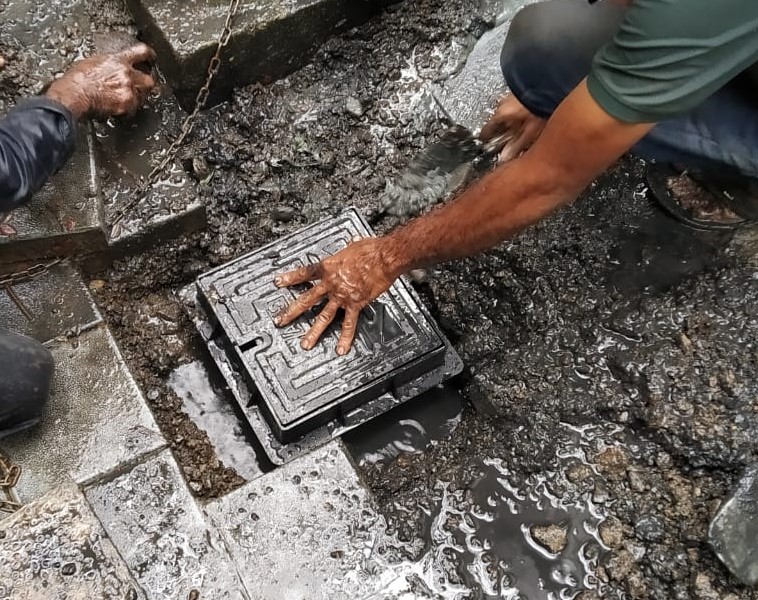Role of Earthing Compound in Soil Enhancement
The earth resistance value is a major concern when dealing with earthing of any structure. Earth resistance measurements and the use of earthing compounds helps to identify and achieve a recommended earth resistance for a structure. We know that soil resistivity is the prime factor contributing to the earth resistance …

